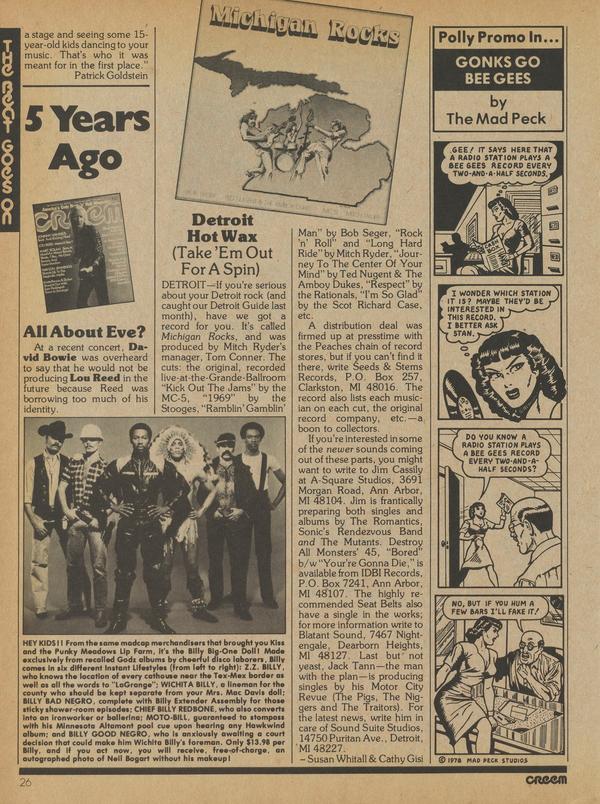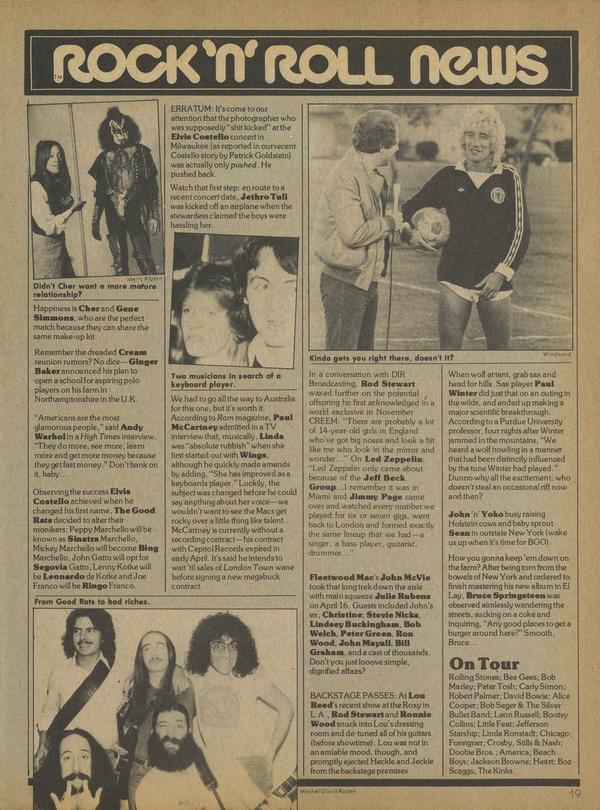Rewire Yourself
The Iceman Cometh
No offense to Eugene O'Neill or Jerry Butler, but it seems there is more than one Iceman in this, world.


No offense to Eugene O'Neill or Jerry Butler, but it seems there is more than one Iceman in this, world. Introducing, from Cornwell Heights, Pennsylvania, the latest in the burgeoning series of new solid-body electric guitars, the Ibanez Iceman IC-400, which promises to be a serious contender for the title of "hottest rock guitar on the market." That's right, gang, this one's got potential. Ibanez has already turned a lot of heads in the guitar industry with their Artist and Professional Series instruments, the most notable of those being the Artist EQ used by Steve Miller and the Professional favored by the Grateful Dead's Bob Weir. With the unveiling of the Iceman, Ibanez reveals their ability to draw from the past what is useful and combine it with fresh, bold body and headstock design to create a balanced guitar that is unlike anything you've ever seen, yet suggestive of earlier attempts at the proverbial "bizarre guitar." The visual appeal of this instrument was immediately apparent from the moment the Iceman was taken out of the case at Strings 'N Things. Everybody in the store gathered 'round for a cbser look at it; guitarists stood in line for a chance to play it, and by the time the smoke had cleared, the word was out: the Iceman had arrived.
In keeping with tradition, Ibanez has retained the basic pickup and hardware configuration found on more conventional models: two humbucking pickups, volume and tone controls for each pickup, three-position toggle switch mounted on the upper part of the body; an adjustable bridge, and a stop, tailpiece. This makes the guitar basically familiar to guitar players and thus does not slow down their volume or tonal adjustments in a "real time" playing situation. However, a closer look at the hardware reveals a difference in the Ibanez Iceman and older model guitars. The humbucking pickups have a hotter and brighter output than the stock humbucking pickup found on a Les Paul; the adjustable bridge has a longer throw for each string which provides a more precise intonation adjustment; and the knobs have a small band of rubber around them that insures a sure grip even when the player's hands are soaked with perspiration. In order to enhance sustain, Ibanez engineers have come up with two innovations not found on any other comparable priced axes. Underneath the bridge there is a block of solid brass, and the nut is made of half bone and half brass instead of the traditional solid bone nut. These two features combined makes for a clearer ringing tone than is found on the stock Les Paul.







